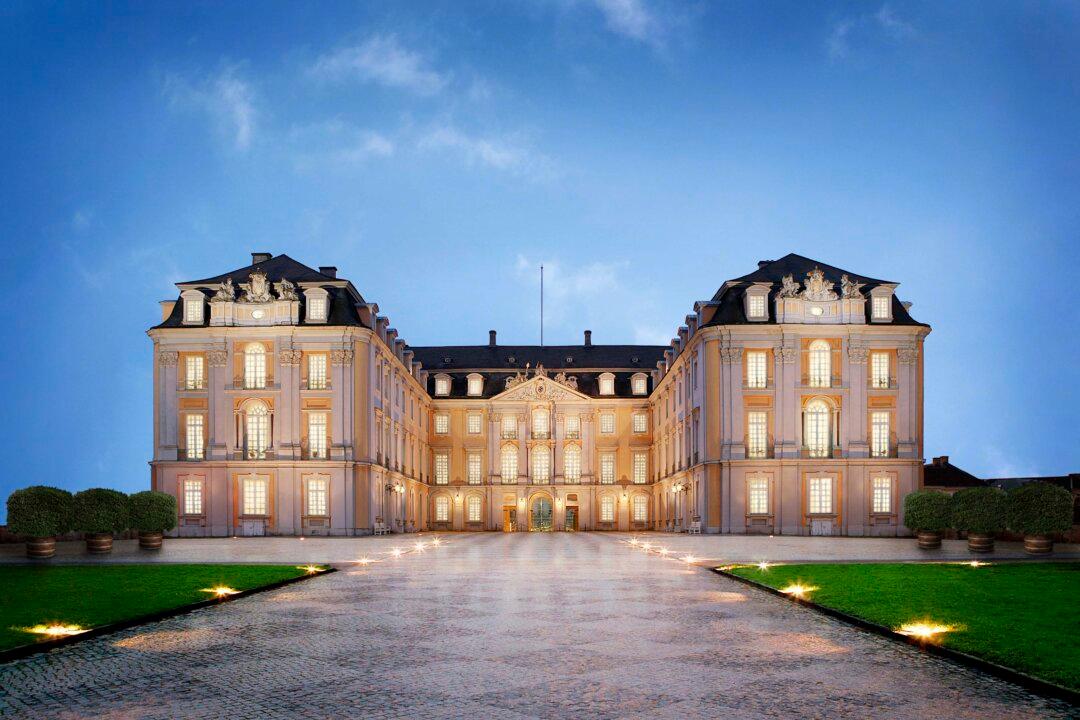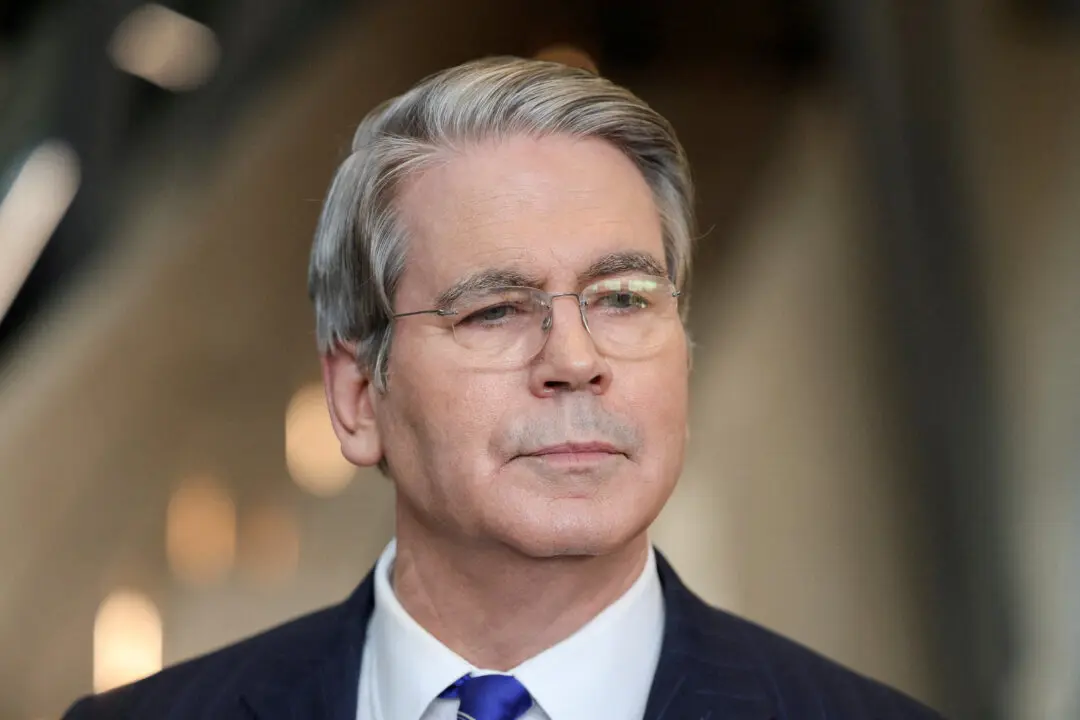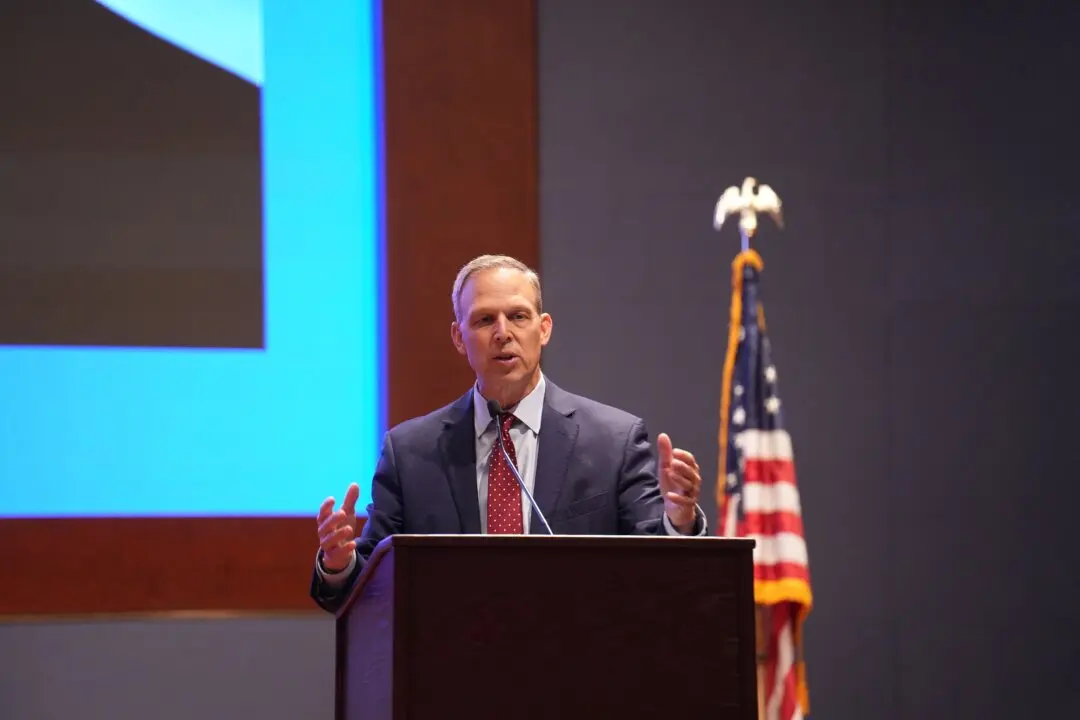BRÜHL, Germany—Just a short train ride south from Cologne, the Brühl train stop sits right across the street from one of the most illuminating examples of Rococo.
Constructed from 1725 to 1768, the Augustusburg Palace in West Germany is considered a “living witness of the Rococo,” where one can walk through the rooms and see the evolution from late-Baroque into Rococo bloom right before your eyes on the walls and ceilings.






